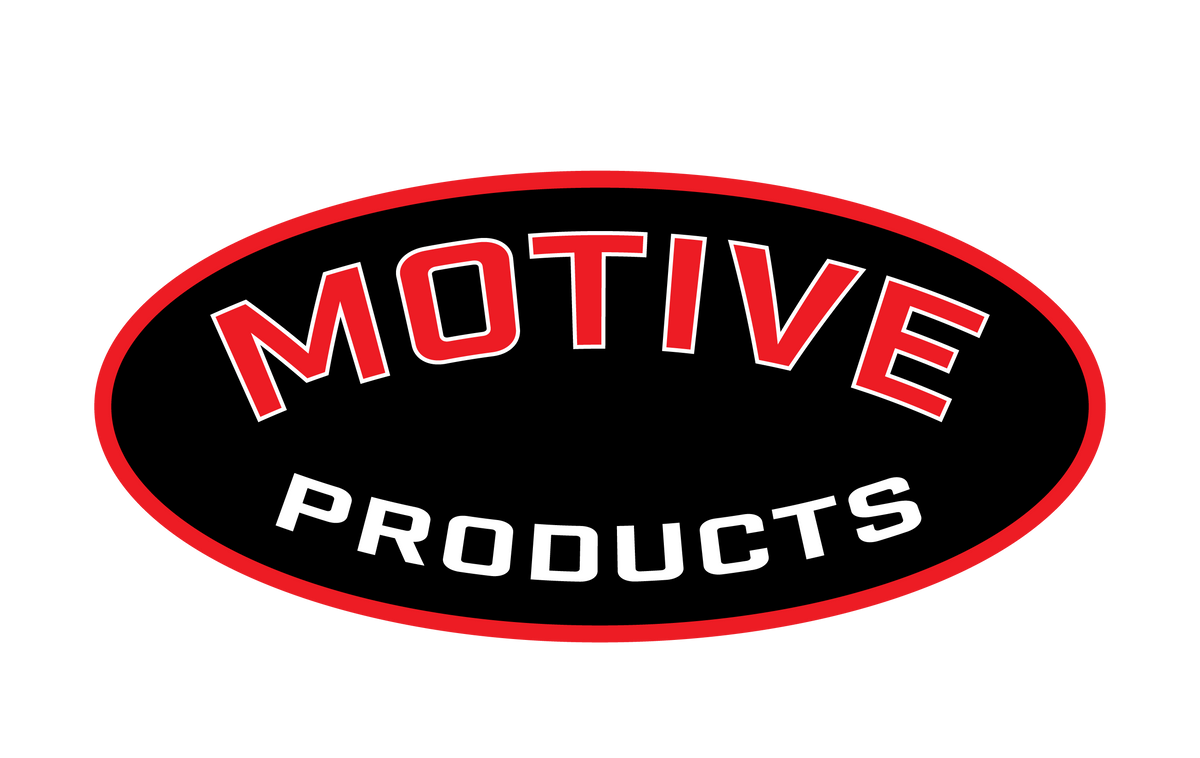Just finished a total flush and bench bleed. Good results except after completing the job I notice a translucent suspension in the front master cylinder well. Fluid is clear (DOT3) in both wells, but when the brake pedal is applied you get a faint cloudy stream out of the port in the front cylinder. The master cylinder was not rebuilt.
Is what I'm seeing typical of a master cylinder piston derogation? Are the pistons anodized aluminum similar to caliper pistons?
Is what I'm seeing typical of a master cylinder piston derogation? Are the pistons anodized aluminum similar to caliper pistons?

Comment